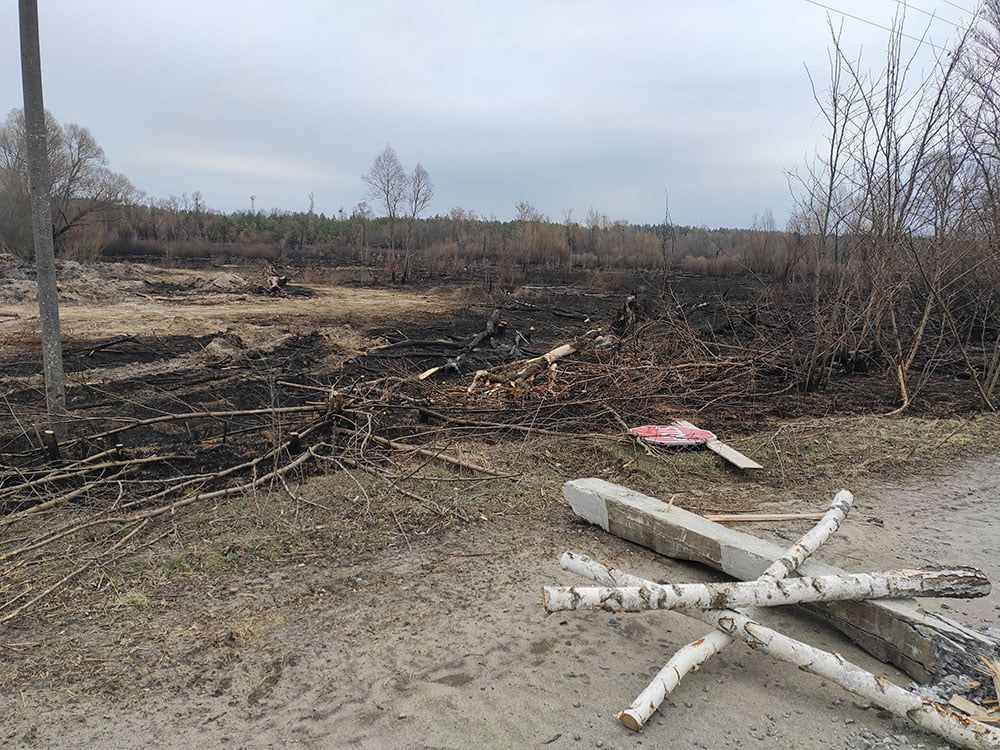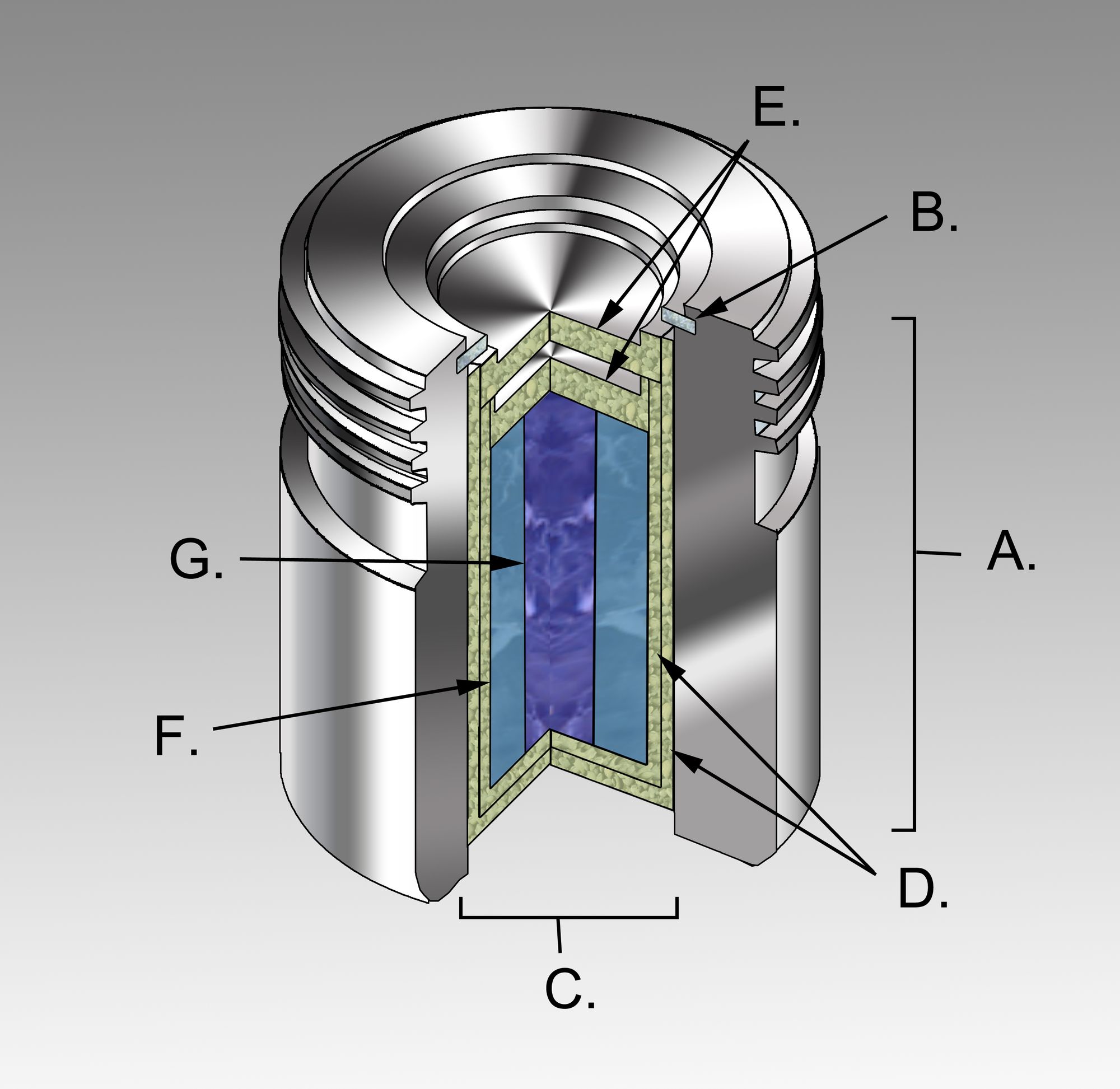At the start of Russia's offensive in Ukraine, they drove through Chernobyl and set up defensive positions within the Exclusion Zone. Then we got reports from Reuters that the soldiers in the Exclusion Zone had disturbed some of the radioactive dust there. At the time, myself and the Wonk's had a bit of a discussion about this where we were all unable to make heads or tails of the news stories.
Like Russia is hardly stupid enough to send soldiers into the Exclusion Zone without any intelligence of what they were doing. And even if they did the soldiers would hardly be stupid enough to dig up radioactive dirt in the Red Forest of all places! And yet as it turns out... This is exactly what they did... We first got news that there were possible ARS cases among the Russian soldiers.
7 busses with Russian soldiers suffering from Acute Radiation Syndrome have arrived to a hospital in Belarus from the Chernobyl Exclusion Zone in Ukraine.
— Visegrád 24 (@visegrad24) March 30, 2022
They allegedly dug trenches in the highly radioactive Red Forest - UNIAN News Agency pic.twitter.com/3ZcqoF6c9I
Again, this remained unfathomable... Experts like Cheryl Rofer said that it was extremely doubtful of this story, and he was not alone, I know a ton of people who know a lot more than I do about this, who work day to day in nuclear physics, nuclear medicine and dosimetry who found this unfathomable! But then once the Russians had left, we started to get imagery from on the ground and it didn't look good;




The nearest site to this location with a permanent Disimeter is Yanov Station, which went down on March 1st 2022, but its last recorded measurement was 618 nSv/h. To put that into context, per year, the US Nuclear Regulatory Commission, the average American receives 620 millirem per year, or in metric, 6200 μSv. So at 618 nSv/h, if you hung around for a month, you would absorb 445 μSv. It's not nothing, but it's an order of magnitude off of the threshold to cause cancer for example. It's less a month of extra radiation per year. But then we started to get dosimetric data...
We went to the edge of the Red Forest and found a Russian military food ration laying on the side of the road. This is right at the edge of that zone. The radiation levels at the packaging massively shot up. 6/8 pic.twitter.com/6TLjDrHs3v
— Frederik Pleitgen (@fpleitgenCNN) April 8, 2022
That 618 nSv/h is equivilent to 0.618 μSv/h, so that counter at 11.32 μSv/h is measuring 18 times more radiation there than at Yanov Station, and that sensor in Yanov station is approximatly 1200m from where the Russian soldiers dug their trenches. Since those soldiers were there for 30 days or 720 hours, their total dose was 8150 μSv, or 1.37 times the yearly average dose, in a single month. It gets worse though... OSINT Technical upped the contrast in a video to see that some areas had an even higher rate;
Someone cranked up the contrast to read the meter about 30 seconds in, when it is at the outside of the camp. 71 μSv/h. About 3-4 chest x-rays an hour. https://t.co/LE70kjtTAt pic.twitter.com/dLehktfy1p
— OSINTtechnical (@Osinttechnical) April 8, 2022
At 71 μSv/h, for 720 hours, that is 51,120 μSv. To put that into perspective, the maximum dose permitted in the US, for people who work with radioactive materials in the US such as plant workers at nuclear power plants or doctors and radiologists who do things like Radiation Therapy to kill cancer cells, is 50,000 μSv. Now this might seem like a lot, but there is no connection between radiation exposure and cancer less than a total dose of 100,000 µSv. Not to mention that you wouldn't start to consider Acute Radiation Syndrome until the dose had surpassed at least 1 Gray, and this is only 0.05 Gray.
Is There A Way This Could Be True?
Sadly yes...
In a particularly ill-advised action, a Russian soldier from a chemical, biological and nuclear protection unit picked up a source of cobalt-60 at one waste storage site with his bare hands, exposing himself to so much radiation in a few seconds that it went off the scales of a Geiger counter, Mr. Simyonov said. It was not clear what happened to the man, he said.
Andrew E. Kramer and Ivor Prickett; Russian Blunders in Chernobyl: ‘They Came and Did Whatever They Wanted.’; The New York Times
Cobalt-60 is an immensely valuable isotope in the modern world. It is used to ensure that medical equipment is perfectly sterile, blood irradiation is used to ensure that blood is safe for transfusion and long term storage and a lot of radiotherapies use Cobalt-60 as a source for radiation to treat cancer.
The thing is though... While Cobalt-60 is immensely valuable for these use cases when it is used it is stored in safe containers where it is intentionally hard to get the material out of the case such as in this international standard case;

Depending on the size of the container and the amount of Cobalt-60 inside, handling of the Cobalt-60 can be fatal. Plainly Difficult has made some videos on Cobalt-60 exposure, based on the IAEA reports, where operator error, safety violations, the dismantling of medical equipment at scrap yards, and Orphan Sources have led to fatalities;
The San Salvador Radiation Event
The Soreq Radiation Accident
The Samut Prakan Radiation Accident
The Mayapuri Radiological Incident
All that said... Unit we get a report from the IAEA or the State Nuclear Regulatory Inspectorate of Ukraine, that there is indeed an Orphan Source, that was stolen by Russian soldiers, and that the Orphan Source is large enough, or was handled for long enough to cause Acute Radiation Sickness, I will remain immensely skeptical that there are any cases of Acute Radiation Sickness.
